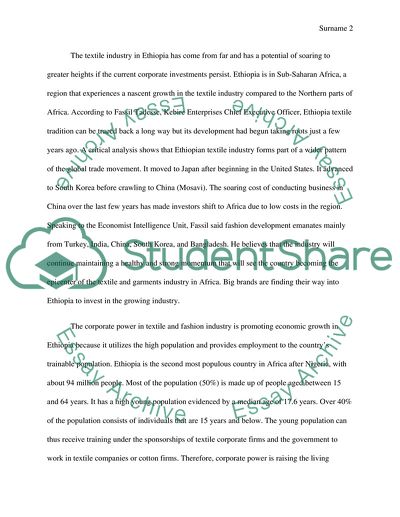Cite this document
(“Corporate Power Global Trend to the Fashion Industry in Ethiopia Assignment”, n.d.)
Retrieved from https://studentshare.org/social-science/1687856-impact-on-profession-country-ethiopia
Retrieved from https://studentshare.org/social-science/1687856-impact-on-profession-country-ethiopia
(Corporate Power Global Trend to the Fashion Industry in Ethiopia Assignment)
https://studentshare.org/social-science/1687856-impact-on-profession-country-ethiopia.
https://studentshare.org/social-science/1687856-impact-on-profession-country-ethiopia.
“Corporate Power Global Trend to the Fashion Industry in Ethiopia Assignment”, n.d. https://studentshare.org/social-science/1687856-impact-on-profession-country-ethiopia.


